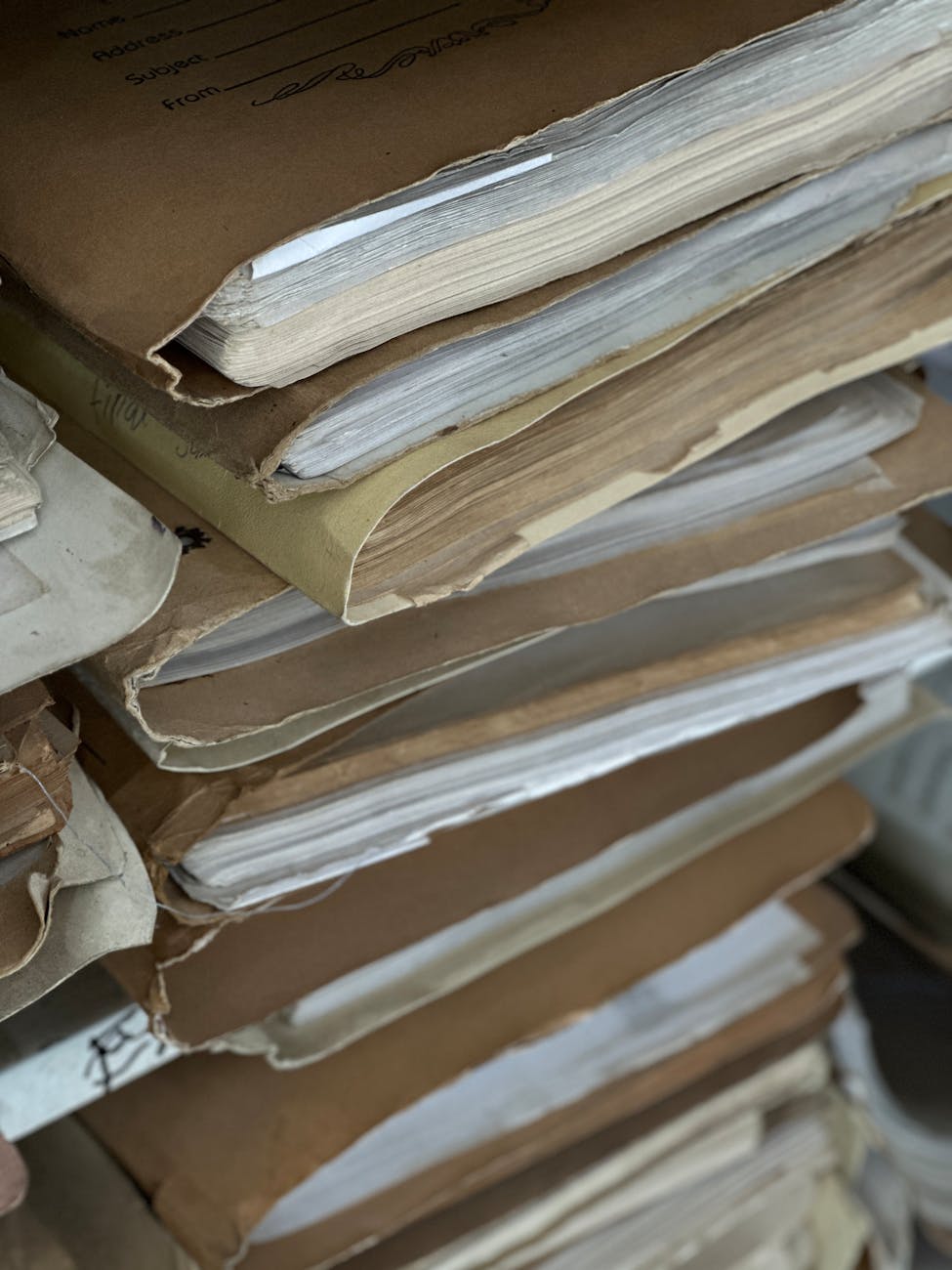Well it is getting close to buying a camera with the goal of getting to 90% of the image quality of a 5d2 while being ultralight and shooting In continuous AF for HD video. Here are the choices in order…along with the limitations. We need to study the else availability of lenses. All of these move to electronic viewfinders by the way but having tried the Samsung and the Fuji, that doesn’t look like too much of a problem anymore except when doing high speed sports shooting where the evf isn’t able to keep up. Technically the best camera out right now for stills is the fuji XE-1 but we will have to see how the Sony nex-7n does given it shares lenses with uber cool dedicated video cameras and the e mount can handle older canon lenses.
Just added some more review information.
- NEX-7n. The nex-6 is amazing but the next nex-7n is coming with a 24mp sensor and the older nex-6 gets good quality and low noise even at Iso 800-1600 and the Lense choices are getting better. Still need some fast f/2.8 or faster zooms but the cameras are amazing. Wirecutter has a good list of lenses. The only super zoom is a 70-200 F/3.5-6.3 or you can use an adapter to put a full frame Lense on it. The 35mm f/1.8 or the Zeiss 24mm (if you can afford it!) seems like the right just use it all the time in image quality. And in terms of compatibility if you are not shooting sports, then you can use the Metabones Canon NEX adapter is a good way to use all the Canon glass and very useful if you get a dedicated NEX video camera and although it can’t autofocus very fast, it does increase speed by a full stop so you would want to use the native lenses for sport and this for landscape or stills. The main drawback is that while the nex-6 with its 16mp sensor has noise equivalent to my old 5d2, the nex-7 is noisier with 24mp crammed into an aps-c sized sensor
- Fuji XE-1. This is a little brother of then X1-Pro. the main issues had been nonstandard X-Trans sensor (but RAW convertors are catching up and it internal JPEG processing is very good) and slow AF which their new focusing algorithm seems to have helped so it makes it a good contender. But the image resolution (no anti aliasing filter) is incredible with their proprietary sensor 16MP sensor and low noise. Its noise at marked iso 6400 (actually about iso 4000) equals a 5d2 at iso 400! And resolution wise, its unique sensor is more equivalent to the 24mp nex-7. The only remaining drawback is that Fuji is a very small niche player and it not really competitive in taking movies. Lensewise, there are only five dedicated lenses. The kit 18-55mm f/2.8-4 ois is excellent and the 35mm f/1.4 is the night time lense and they just shipped a 55-200mm f/3.5-4.8 ois with a 10-24mm f4 wide zoom coming at some point so that gives you a minimum set although these aren’t particularly fast but with improve sensitivity of the body that might be less of an issue. It also has amazing dynamic range with its dr400 process that shoots at lower iso by 2 stops then brightens digitally to retains the highlights. There are some issues with how Fuji is managing their raw in camera processing. Some are saying they might be image processing at the raw level. See results for the similar Fuji x100s
- Samsung NX300. Maturing rapidly and it is large sensor and requires all new lenses and is going to 3D video and for the first time has phase detection for full time autofocus. No reviews yet of this as it was just announced. And of course one side benefit is that Samsung is a very healthy large company.
- Olympus O-MD MD5. This is the most mature Lense set but it is a small sensor so has the most noise in low light. And of course there is the financial troubles there.







